
How do i train my dog to be obedient?
Watching your dog dart across the park ignoring your calls isn’t just frustrating—it can put them at risk near busy streets or public spaces.
I was at a Portland dog park last summer when a golden retriever lunged at a terrier, and its owner, Mia, whispered, “He’s never done this before. Can I fix it?” If your dog has started growling, snapping, or lunging, the short answer is yes—aggressions can often be managed, and sometimes resolved, with the right approach. But it starts with understanding: aggression is a response, not a personality trait, and your job is to teach them a better way to handle whatever’s scaring or frustrating them.
Dogs don’t act aggressively “for no reason.” Maybe your rescue mix, Rocky, growls when strangers reach for him because he was hurt by someone in the past. Or your border collie, Lila, snaps at other dogs during play because she gets overwhelmed and doesn’t know how to say “stop.” A vet behaviorist in Chicago calls it “emotional signaling”: aggression is their way of communicating “I’m scared,” “this is too much,” or “back off.” Punishing them (yelling, shock collars) only makes it worse—now they’re scared and worried about being hurt, so they might skip the growl next time and go straight to biting.
The key is to “desensitize and counter-condition”—fancy terms for “help them feel safe, then reward calm.” Let’s say Rocky growls at men with hats. Start by having a friend in a hat stand 30 feet away (far enough that Rocky stays relaxed). As the friend stands there, toss Rocky his favorite treats (think steak bits) and chat casually. Do this daily, moving the friend 2 feet closer each week—only if Rocky stays loose, tail wagging. Over time, he’ll link “hat guy” with “yummy treats,” not fear. My neighbor in Austin did this with her pit bull, Max, who’d snapped at kids—after 3 months of having calm kids toss him treats from a distance, he now wags when he sees them. The process takes patience; rushing can make their fear spike, undoing progress.
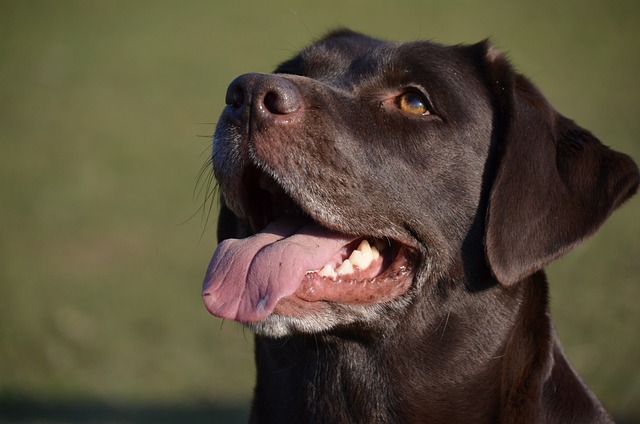
Always prioritize safety: use a muzzle (basket-style, not tight) in busy places until you trust their response, and keep them on a 6-foot leash (no retractables). In apartments, warn neighbors you’re training, so they don’t startle Rocky. When walking, avoid triggers (like crowded parks) during peak hours, and carry poop bags (Portland fines $175 for forgetting)—being a responsible owner builds trust with your community. And never skip the vet check: pain (arthritis, toothaches) can make even sweet dogs irritable, and ruling that out is step one.
Legally, most states require rabies vaccines, and some have laws about managing aggressive dogs—check local rules, but focus on training first. By autumn, you might notice Rocky looking to you for guidance when he sees a trigger, instead of reacting. That’s the win: not “fixing” him, but giving him the tools to feel secure, and showing him you’ve got his back.

Watching your dog dart across the park ignoring your calls isn’t just frustrating—it can put them at risk near busy streets or public spaces.

New puppy owners often find themselves rushing to clean up accidents before they set in, and that’s where puppy pad training becomes a game-changer.
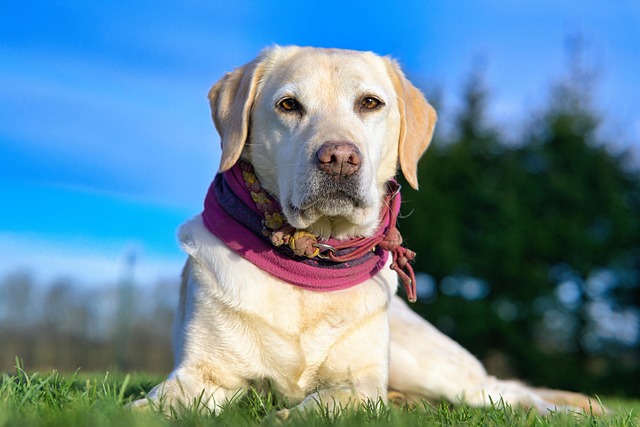
If you've noticed your dog's waistline disappearing and your veterinarian has mentioned those few extra pounds, your first instinct might be to simply reduce the amount of food in their bowl.
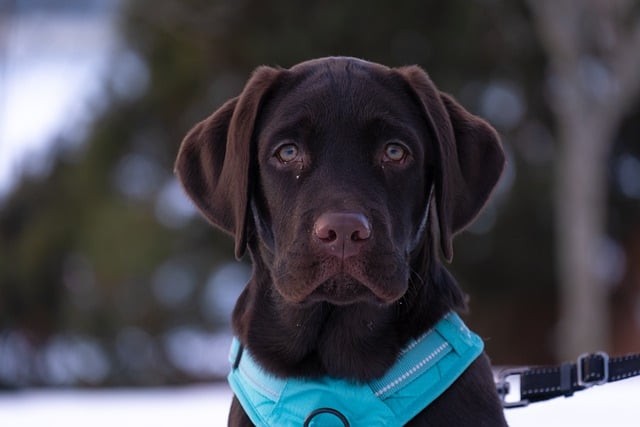
Training a dog to use a designated spot indoors isn’t as daunting as many new owners fear, but it does take consistency and an understanding of your pet’s needs.
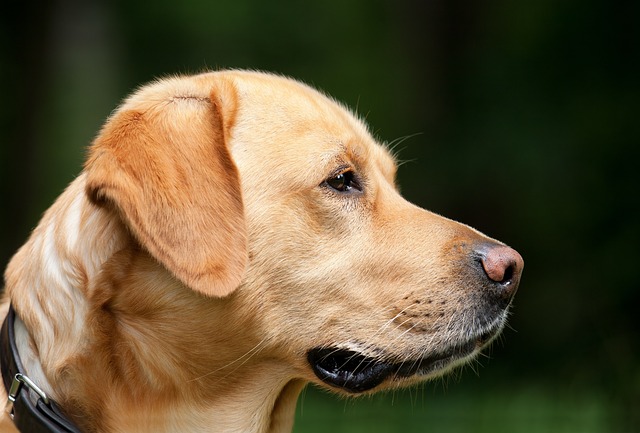
That moment of dread on a walk is all too familiar for many new dog owners. You see another dog approaching down the sidewalk of your neighborhood
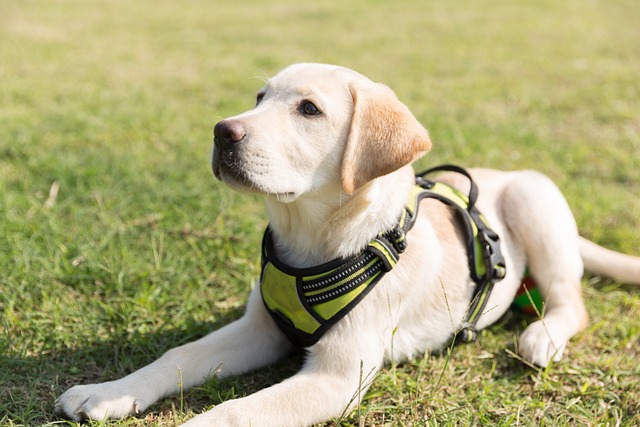
If the sight of another dog on your neighborhood walk makes your heart sink as your own dog erupts into a frenzy of barking and lunging, you're not alone.